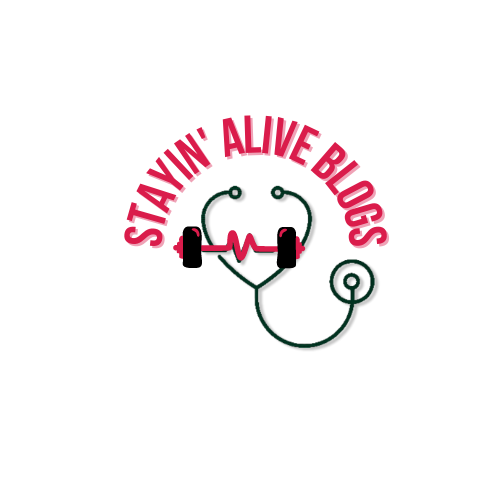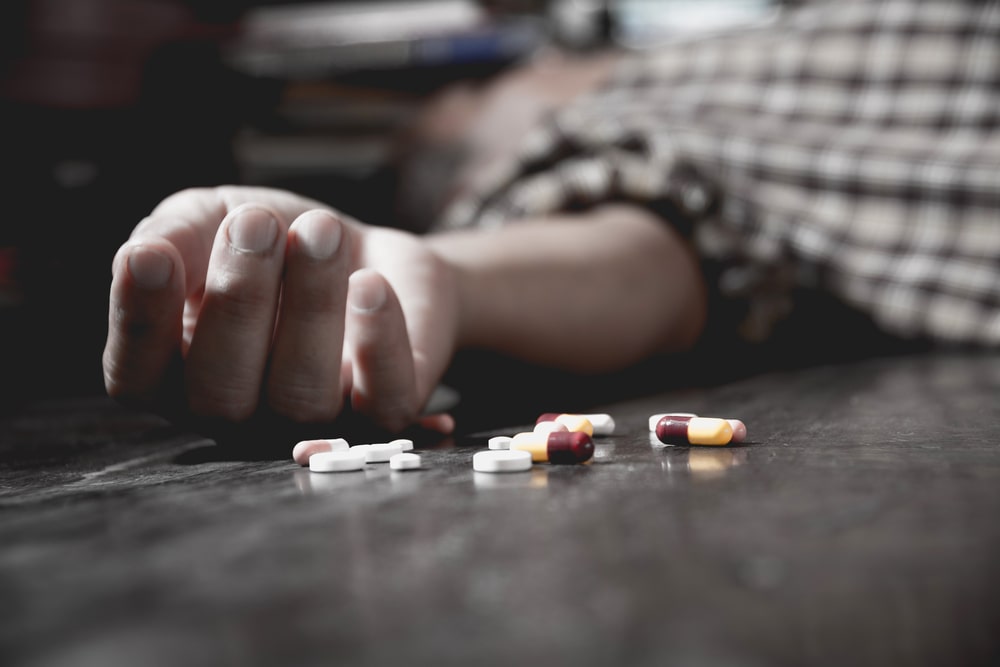Opioid overdose has reached alarming levels, posing a significant public health concern. As healthcare providers, it is crucial to understand the signs of opioid overdose and take prompt action to save lives. In this blog post, we will explore how to recognize an opioid overdose, outline the necessary steps for an immediate response, and discuss prevention and harm reduction strategies. By enhancing our knowledge and response capabilities, we can play a vital role in addressing this pressing issue.
Understanding Opioid Overdose:
Opioid substances impact the brain’s respiratory regulation, making overdose potentially fatal. According to Government of Canada statistics, there were 7,328 opioid-related deaths in 2022, averaging 20 deaths per day. Fentanyl, a highly potent synthetic opioid, accounted for 81% of these deaths. Several factors contribute to opioid-related overdoses, including a history of overdoses, combined use of opioids with alcohol or benzodiazepines, and drug supply laced with potent substances like fentanyl.
Recognizing Signs of Opioid Overdose:
Recognizing the signs of opioid overdose is crucial for timely intervention. Common indicators include slowed or absent breathing, pinpoint pupils, loss of consciousness, and clammy skin. Heightened vigilance is especially important when dealing with individuals at risk or with a history of opioid use.
Immediate Actions to Take:
When encountering a suspected opioid overdose, follow these steps:
- Ensure your own safety and assess the scene for potential hazards.
- Attempt to rouse the person by tapping their shoulder and asking if they are okay.
- If there is no response, call 911 immediately or activate the emergency response system.
- Check for pulse and breathing, initiating rescue breathing if the victim is not breathing but has a pulse.
- Administer Naloxone (Narcan) if available, following proper dosage instructions.
- If you lack a bag valve mask or barrier device, seek guidance from emergency services while administering naloxone.
Naloxone Administration:
Naloxone can be administered via injection or nasal spray:
– Injection: Injectable naloxone typically comes in 0.4mg vials. Administer intramuscularly in the deltoid or thigh. Repeat every 3-5 minutes if needed.
– Nasal Spray: Naloxone nasal spray contains 4mg of naloxone. Administer a dose in one nostril. Repeat every 3-5 minutes if necessary and alternate the nostrils after each dose.
Support and Aftercare:
After administering naloxone and the person becomes responsive, it is essential to stay with them until emergency medical services arrive. Provide clear explanations of the interventions performed and reassure the individual. Upon EMS arrival, hand over the care and provide any relevant information.
Conclusion:
Recognizing and responding to opioid overdose is a critical skill for healthcare providers. By understanding the signs of overdose, taking immediate action, and promoting harm reduction strategies, we can make a meaningful impact in combating this crisis. Stay informed, raise awareness, and advocate for comprehensive approaches to prevent opioid overdose. Together, we can save lives and contribute to healthier communities.


